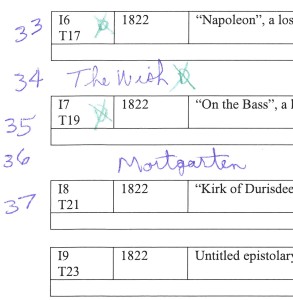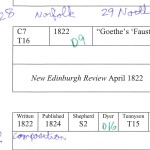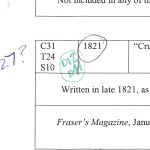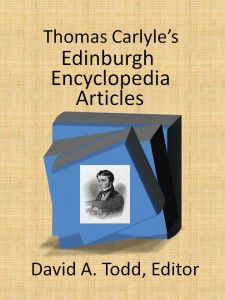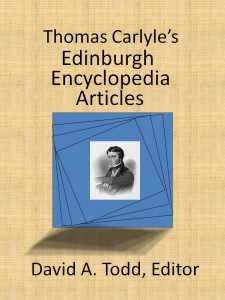Every non-fiction book needs one: an Introduction. A section that tells what the author’s purposes are with the book, what they hope to accomplish, what the reader will take away from it. Sometimes the Introduction is labeled as Chapter 1, but it’s still an Introduction.
I’ve read many books that have introductions, some short, some lengthy; some interesting, some boring. Sometimes the Introduction is the best part of the book. Sometimes the Introduction is so long it constitutes a book in its own right. I have a book on Old Testament pseudopigrapha, and the Introduction is about as long and as interesting as Leviticus. Then there’s the Introduction to Thomas Carlyle’s The French Revolution, which is the first chapter. It’s fairly long, but perhaps not in relation to this three-volume book. For sure it is dry reading, a hindrance to me getting into the book.
Introductions have proven difficult for many writers. I recall reading in one of Charles Lamb’s letters about his friend, George Dyer, who had written and published a book of his poetry. He had a long Introduction—80 pages sticks in my mind. When reading the proofs off the press, before actually releasing the book, Dyer found an error in the Introduction. Lamb doesn’t say what the error was, but since the type had been set, the Introduction couldn’t be changes. All Dyer could do was eliminate the Introduction and let the poems stand on their own. This he did, at his own cost, probably as much as the profits he hoped to gain from the book. Yes, writer, Beware the Introduction!
In my book Documenting America I had an Introduction. I did exactly what I described in the first paragraph. I included a quote from C.S. Lewis, even though the book was about USA historical documents. I thought it was pretty good: fairly short, describing why I was writing the book. For The Candy Store Generation the first chapter served as the Introduction. In this I gave the record of how the idea for the book came to me. The chapter was about the same length as chapters forming the main contents of the book. Again, I was pleased with it.
For my current non-fiction book, Thomas Carlyle’s Edinburgh Encyclopedia Articles, I took a long time to decide what to do about an introduction. First I uploaded the printer’s notice and editor’s Introduction from the 1897 book that included about half the total material in the book. That was a given activity. I knew I needed to do something more, but what? After considerable thought, I decided to pull in some apt quotes from a handful of Carlyle’s letters from the time when he began to write these articles. I also pulled in an important footnote from The Carlyle Letters Online. Those things gave me the ideas I needed to flesh out an Introduction, and I did so.
It’s not terribly long: about five pages for a 220 or so page book. It gives my reason for having published the book and the methodology I used. I avoided using the royal “we” in it, or avoiding first person all together and going with totally passive voice. So from that standpoint it doesn’t meet the criteria of a scholarly Introduction. But it’s mine; it does what I want it to; and the few people who I’ve shown it to have had few comments.
I have one more night of editing tasks on the e-book, and it’s ready then to upload to Amazon. It could be live and for sale a day and a half from when I post this. Then it will be on to other things, things that don’t need an Introduction.
